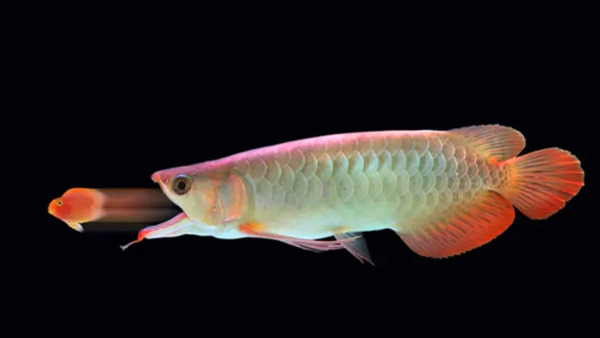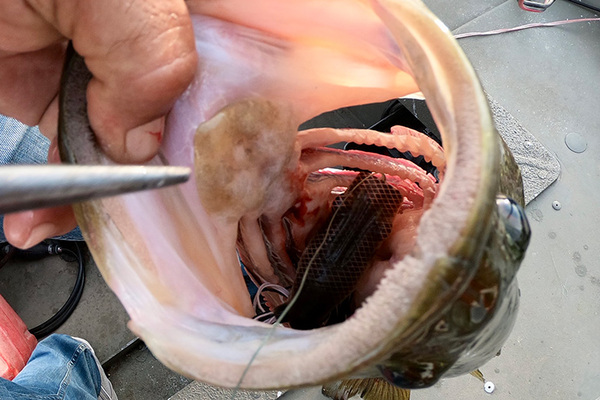When you think about taste buds, fish might not be the first creatures that come to mind. But just like us, these underwater marvels rely on their sense of taste to explore their world and survive. So, do fish have taste buds? Absolutely! And their taste system is much more unique than you might think. Let’s dive into the fascinating world of how fish taste and explore the science behind their sensory abilities.

Taste buds are small sensory organs that allow animals to detect chemical compounds—aka flavors—in their environment. Fish, much like humans, use taste buds to decide whether something is edible or potentially harmful. However, the placement and function of fish taste buds are truly fascinating.
Where Are Fish Taste Buds Located?
Unlike humans, whose taste buds are limited to the tongue, fish have taste buds all over their bodies! They’re commonly found on their lips, fins, and even their skin. This means fish can "taste" things just by swimming through the water.
Do All Fish Have Taste Buds?
Yes, but the number and placement vary. Bottom-feeders, like catfish, often have more taste buds to help them find food in murky waters.

Fish rely on their taste buds to navigate their underwater environment, detect food, and avoid harmful substances. Unlike us, fish live in a world where chemical signals travel through water, so their taste buds play a crucial role.
Detecting Flavors in Water
Fish can sense sweet, sour, salty, and bitter flavors, just like humans. This ability helps them differentiate between nutritious food and potentially toxic substances.
Locating Food
Some fish, like catfish, have taste buds on their whisker-like barbels, allowing them to "taste" their surroundings and zero in on food sources, even in complete darkness.
Communicating Through Taste
Certain fish species use chemical signals to detect changes in their environment or to identify their kin. Their taste buds help them interpret these signals.

Fish taste buds work in a similar way to ours—they detect chemical compounds and send signals to the brain. However, because they live in water, their taste system has adapted to function differently.
Taste Buds vs. Olfactory System
Fish don’t just rely on taste; they also use their olfactory (smell) system to detect dissolved chemicals. Together, these senses help them survive in a complex underwater world.
Taste Bud Sensitivity
Fish have highly sensitive taste receptors. Some species, like carp, can detect minute amounts of chemicals, helping them avoid polluted areas.
Absolutely! The water itself carries dissolved substances that fish can taste. For instance:
Do Fish Taste Sweet or Bitter?
Fish can detect a range of flavors. Sweet flavors might attract them to energy-rich food, while bitter flavors often signal danger, such as toxins.
How Do Fish Taste Their Food?
Fish don’t chew like humans. Instead, they "taste" food as they take it into their mouths or as it brushes against their bodies. If something tastes wrong, they spit it out.
Fish species have evolved their taste systems to suit their habitats and diets. Let’s explore a few examples:
Catfish: Known as the "king of taste," catfish have taste buds all over their bodies—especially on their barbels. This helps them locate food in muddy riverbeds.
Goldfish: These popular aquarium fish have taste buds in their mouths and throats, helping them enjoy a varied diet.
Predatory Fish: Carnivorous fish like pike or trout use their taste buds to detect prey in their vicinity.
Bottom-Feeders: Fish like carp rely heavily on their sensitive taste buds to detect edible items buried in sediment.
Taste isn’t just about enjoying food for fish—it’s a matter of survival.
Finding Edible Items
Fish use taste to differentiate between nutritious food and inedible debris.
Avoiding Toxins
Bitter compounds often indicate toxic substances, and fish quickly learn to avoid these tastes.
Recognizing Changes in the Environment
Chemical changes in water, such as pollution or the presence of predators, can be detected through a fish’s taste system.
While humans and fish share some similarities in how taste buds function, there are key differences:
Location of Taste Buds: Humans’ taste buds are restricted to the mouth, while fish have taste buds all over their bodies.
Sensory Integration: Fish combine taste and smell more seamlessly, allowing them to detect chemicals over larger distances.
Adaptations to Environment: Fish taste buds are designed to work in water, where chemical compounds behave differently than in air.
Fish Taste Through Their Skin: Imagine tasting a chocolate bar just by holding it! That’s how fish interact with their environment.
Taste Influences Behavior: Fish are known to learn and remember which flavors indicate safety or danger.
Evolutionary Advantage: The placement of taste buds outside the mouth helps fish identify food sources without needing to bite first.
Studying the taste system of fish provides insight into their behavior, survival strategies, and even the health of aquatic ecosystems. It also helps us design better fish feed in aquaculture and understand how pollutants affect aquatic life.
Fish do have taste buds, and their taste system is an incredible adaptation to life underwater. From detecting food to avoiding toxins, their sense of taste is crucial for survival. Next time you see a fish swimming gracefully in an aquarium or the wild, remember—they’re not just looking for food; they’re tasting the world around them.
Curious about other amazing fish facts? Stay tuned for more underwater explorations!
animal tags: Fish
We created this article in conjunction with AI technology, then made sure it was fact-checked and edited by a Animals Top editor.